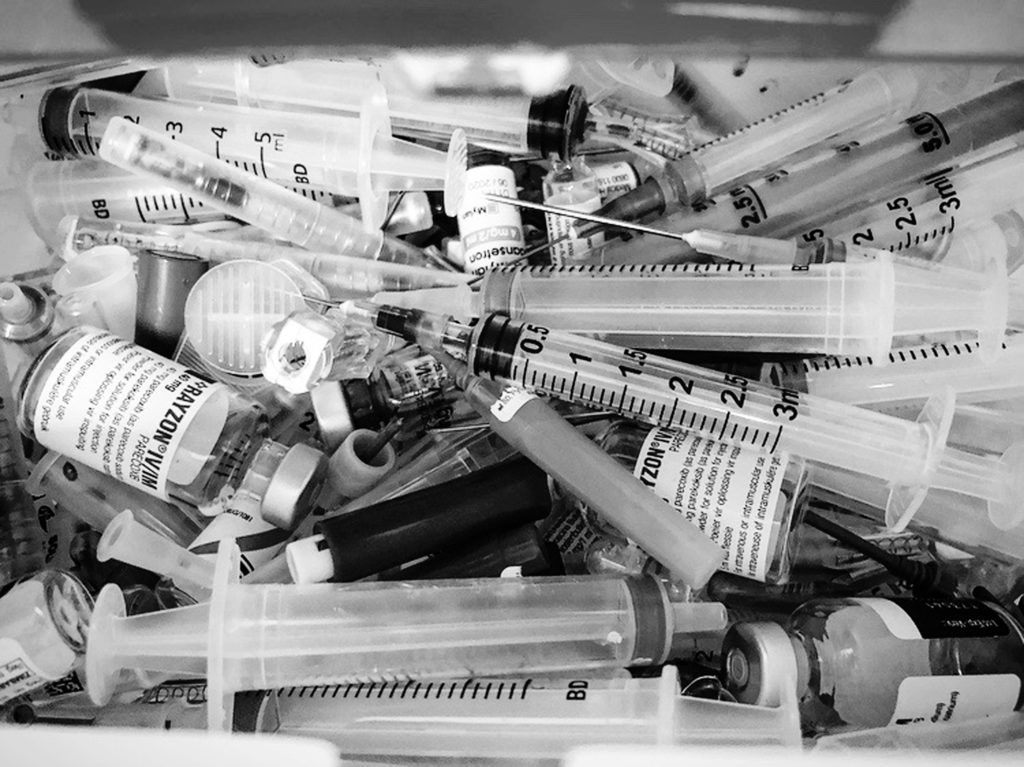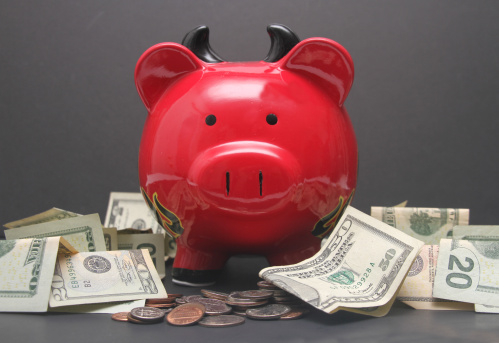
On Wednesday July 7, the Governor of Rhode Island, Dan McKee, signed a historic bill to legalize the first safe drug consumption site (SCS) in the country. The two-year pilot program will allow individuals to use pre-obtained drugs under the careful guidance of trained professionals. Kratom, on the other hand, remains banned in the state. How can this be?
We’ll start with the SCS, which on the surface, is a fantastic resource for the state of Rhode Island. If successful, we may begin to see a major shift in the federal drug policy. Similar harm reduction programs have been successful in Canada and have been used for more than three decades throughout Europe. With the combination of the opioid crisis and the global pandemic, the United States had to follow suit. A move long overdue.
“Not only do harm reduction centers severely mitigate the chance of overdose, they are a gateway to treatment and rehabilitation of people with substance abuse disorder.” – Rep. John Edwards, Sponsor of the House Bill
What is a Safe Drug Consumption Site?
Similar to a needle exchange program, these sites are designed for socially marginalized drug users to safely access clean needles and dispose of dirty ones. This greatly reduces the risk of the spreading of horrible diseases such as H.I.V. and HEP C among users. It can also minimize the amount of dirty needles/syringes found in public places, which serve as huge health hazards. Financially speaking, it is estimated that $70 million dollars worth of H.I.V. treatment costs can be saved for every $10 million spent on needle exchanges (per the CDC).
At a SCS in particular, the use of drugs are permitted on the site, under careful observation. Because of such professional observation, health workers now have the ability to assess and care for otherwise extremely hard-to-reach patients.
Benefits of a SCS include being able to: supervise drug use, test for harmful additives, monitor overdose, administer first aid, offer general medical advice (before, during and after use), and provide a place where drug users are not viewed as “criminals,” but as people who need help.
Ultimately though, the purpose of a SCS is to get people off of hard drugs, not enable their usage. That is why SCS’s are meant to support and complement current drug prevention methods, not replace or serve as a substitute. Evidence is pointing to the fact that an increased number of individuals are administering themselves into drug treatment and social support programs due to SCS care and intervention.
The ultimate goals of SCS’s are to reduce immediate health risks, provide awareness/access to treatment, and integrate users back into regular life. All the while saving lives.
Well, this all sounds great. So what’s the issue?
The unfortunate reality is that similar programs, like Charleston, West Virginia’s needle exchange program, ended in a complete disaster (not to say that all do). The former mayor, Danny Jones, once described the facility in his town as a, “mini-mall for junkies and drug dealers.” Successful at first, the help center actually became too popular. So much to the point that health workers were unable to provide individualized care for their patients. Crime and drug sales grew in the area. Dealers preyed on the vulnerable outside the clinic. More needles appeared in public places. Irritational changes were made to the program subsequently, leading to the downfall and closing of the clinic a mere two years after it’s opening. As you can imagine, this led to more problems. Clean needles were no longer to be found. People struggled. It suddenly became apparent that these programs must be treated with greater responsibility.
A similar story came out of Indiana earlier this year as well. The needle exchange program significantly reduced the spread of HIV in the area, but opponents of the clinic argued that the program actually increased overdoses. The clinic, located in Indiana County, Indiana was voted to be closed, despite seeing positive results.
What does this have to do with kratom?
As many of you know, kratom is sought after for a variety of reasons, with a main one being a harm reduction tool. That is, many testify that kratom is an effective tool to combat opioid dependence and withdrawal symptoms. Studies have also shown kratom to significantly decrease consumption of illicit drugs and HIV risk behaviors after kratom consumption (Swogger, 2019). It is also widely believed that kratom’s withdrawal syndrome and dependence potential is significantly less than that of opioids.
The problem here is that kratom is banned, or has tried to be banned, in many addiction plagued states. West Virginia, the state with the highest overdose deaths per capita, tried to ban kratom in 2018. The state of Indiana, which banned kratom in 2014, was ranked as having the 9th highest drug use among all other states. Indianapolis, in particular, ranks among the top 10 cities with the highest drug usage rate. Rhode Island, the location of the first ever US harm reduction site, has the 8th highest overdose death rate per capita (per National Institute on Drug Abuse). It banned kratom in 2017.
But wait, that doesn’t make any sense… Why would a plant that has been scientifically shown to help combat opioid and drug dependence be deemed illegal? Well, that has a lot to do with money.
For starters, opioids are big business for all parties involved. The industry itself is valued at over $25 billion dollars and continues to grow. There are also financial incentives for people prescribing and treating opioids. In the years of 2014 and 2015, “more than “200,000 doctors who wrote opioid prescriptions received payments from pharmaceutical companies that make opioids.” Many of these opioids are part of a “medication-assisted” treatment program designed to swap out illicit opioids for legal ones. Suboxone is the newest example. The system is constantly in flux, however, and what once was a problem of too many legal opioids became a problem of too little legal opioids. People in pain are struggling to get the medication that they need, forcing many to resort to dangerous street drugs.
Need further treatment? Well, over 58% of rehab facilities are for profit, often charging more than double the upfront payment just to be admitted (opposed to non-profit and public.) Recent academic studies have also shown that, “for-profit programs were significantly less likely than nonprofit and public programs to offer comprehensive services” (per PubMed). AKA these clinics are hardly treating patients all the while charging them a fortune. Such for profit clinics have also been on blast as of late due to their shady recruitment practices, specifically targeting clinically and financially vulnerable individuals. So shady in fact that many receptionists are trained salespeople!
You can probably see the cycle starting to form by now. And that’s hardly scratching the service. Kratom and other harm reduction tools simply stand in the way of a multi-billion dollar industry. The fact that they work is reason enough for government agencies, backed by big pharma, to try to schedule it under false pretenses of being unsafe and ineffective. This alone draws many parallels to the cannabis industry, which now rakes in millions of tax revenue. Keep in mind, cannabis has been declared to have “little to no medical benefit” since 1937, and still doesn’t according to the DEA!
Takeaway
On the surface, harm reduction centers, or SCS’s, are inherently beneficial in nature. They can provide a wide array of beneficial services to individuals who need help, but only if they are run correctly. This, of course, is dependent on a multitude of factors. What we do not need, however, is another government program preying on the vulnerable. People are in pain and need help badly. Let’s hope Rhode Island does the right thing and makes sure they get it.
Oh, and legalizing kratom would be cool too.
Disclaimer: There is no content on the Kratom Science Podcast nor on KratomScience.com that in any way constitutes medical claims or medical advice. You should consult a medical professional for medical advice and we believe this sincerely. Take care.


I really like this article. I could’ve done without the it’s all money, but since I can’t prove otherwise I think he’s right. Depressing, and if I let it, could keep me down a couple of days while I try to advocate in a system that is motivated by money and not public safety. I’ve never been to rehab, but I’ve always been skeptical of all of them, public and private